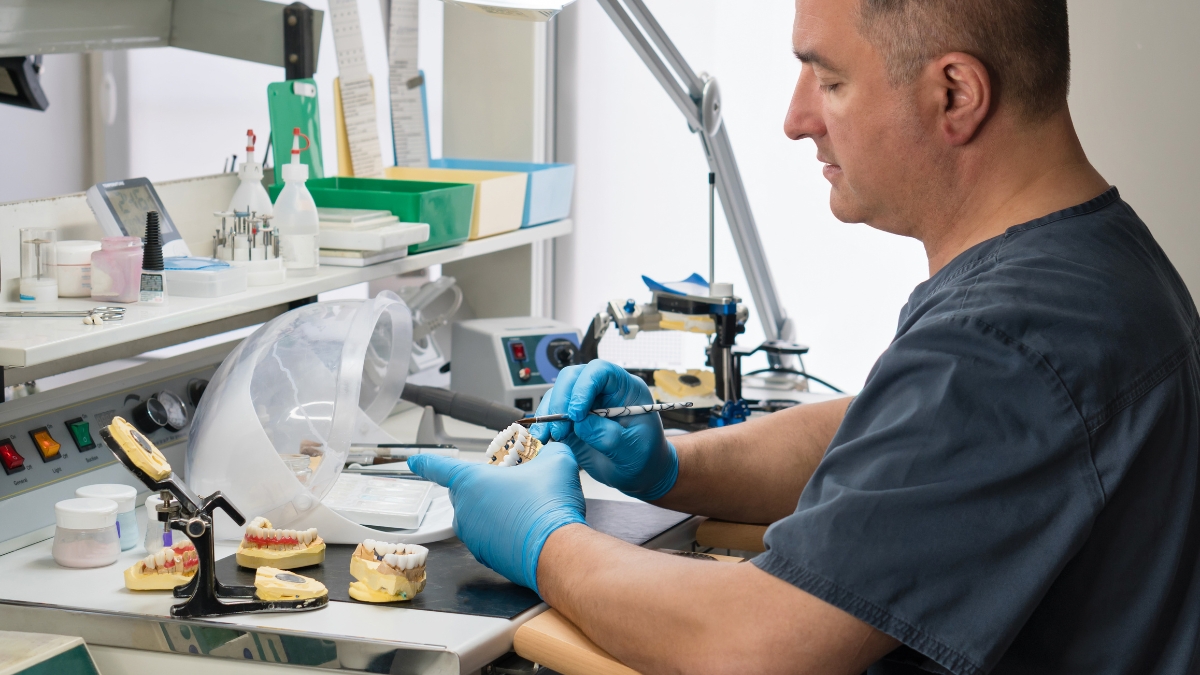Dental pain can be sudden and alarming, leaving you unsure of what to do next. Knowing how to respond to a dental issue can help you manage the situation calmly and effectively. Here is some information on identifying a dental emergency, knowing when to seek help from an emergency dentist, and taking steps to protect your teeth until you can see a professional. Understanding these actions may provide reassurance during times of stress.
What Qualifies as a Dental Emergency?
Distinguishing between a standard dental problem and a true emergency can be difficult. Some issues can wait for a scheduled appointment, while others require prompt attention from an emergency dentist to relieve severe pain or save a tooth. A dental emergency typically involves conditions that are uncontrollable, painful, or could worsen without immediate care.
You may be experiencing a dental emergency if you have one of the following conditions:
- Uncontrolled bleeding: Bleeding from the mouth that does not stop with pressure.
- Severe pain: Intense pain that disrupts daily activities like sleeping or eating and is not manageable with over-the-counter pain relievers.
- A knocked-out tooth: A tooth that has been completely dislodged from its socket due to trauma.
- A loose or misaligned tooth: A permanent tooth that has been pushed out of its original position.
- Swelling in the face or mouth: Significant swelling around your jaw, gums, or face, which could indicate a serious infection.
- A lump or abscess on the gums: A painful, pimple-like swelling on your gums, which is often a sign of infection at the tooth’s root.
If you are experiencing any of these symptoms, it is a good idea to seek care right away. These situations often require swift action to prevent further complications. Contacting an emergency dentist can help you get the guidance and treatment you need.
When Should You Call Immediately?
You should contact an emergency dentist immediately if you experience severe, persistent pain that does not subside. Intense toothaches can be a signal of an underlying problem, such as a deep cavity or an infection that has reached the tooth’s pulp. Postponing a visit could lead to more complex issues.
Facial swelling, particularly around the jaw or under the chin, also warrants an immediate call. Swelling accompanied by a fever or difficulty breathing could point to a spreading infection, such as an abscess. In these cases, getting a professional evaluation is a priority. A prompt response helps you address the source of the problem and find relief.
Which Steps Prevent Further Damage?
While you wait to see an emergency dentist, take simple measures to manage your situation and protect your teeth from additional harm. These actions can help stabilize the problem and ease discomfort. The goal is to keep the area clean and avoid anything that could make the condition worse.
Here are some steps to manage common dental emergencies:
- For a knocked-out tooth: Hold the tooth by the crown (the chewing surface), not the root. If possible, gently rinse it with water, but do not scrub it. Try to place it back in the socket. If that is not possible, keep it moist in a small container of milk or your own saliva and get to a dentist quickly.
- For a cracked tooth: Rinse your mouth with warm water to clean the area. A cold compress applied to the outside of your cheek may help reduce any swelling.
- For a toothache: Rinse your mouth with warm water. Gently use dental floss to remove any food particles lodged between your teeth.
- For an object stuck between teeth: Try to dislodge it carefully with dental floss. Avoid using sharp objects, which could scratch your tooth enamel or damage your gums.
Taking these steps can make a difference in the outcome of your dental emergency. They are temporary solutions designed to provide relief and preserve the tooth until you can receive professional care.
Visit an Emergency Dentist
Dealing with a dental emergency can be unsettling, but knowing what to do provides a clear path forward. Identifying the signs of an emergency, knowing when to call for help, and taking protective steps can help you navigate the situation with confidence. If you are experiencing severe pain, swelling, or have had a tooth knocked out, do not wait. Contact an emergency dentist to get the professional care you need to protect your oral health. Remember, prompt action can save your tooth and prevent further complications.
Social Sharing
Your Content Goes Here
Latest Posts





